How Laser is Shaping the Future of Model
- Home
- >
- Choose by Industries
- >
- How Laser is Shaping the Future of Model
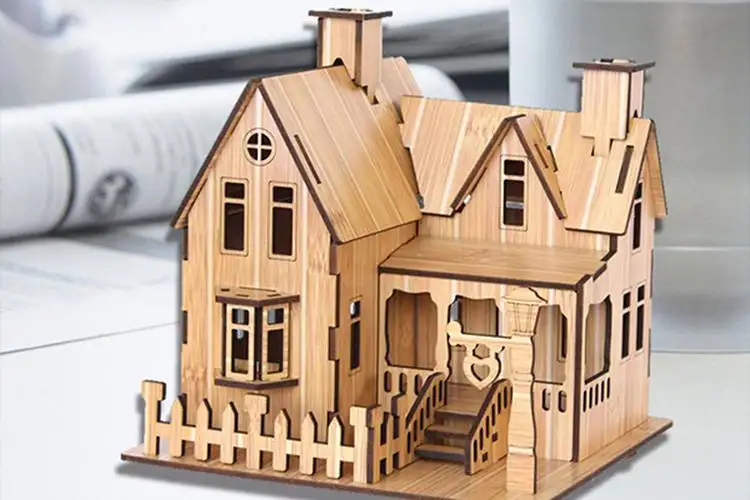
Where Can You See Laser-Crafted Models?
Education
- Early Childhood Learning: Laser-cut and engraved models are becoming a vital tool in early education. These interactive, hands-on models help children better understand abstract concepts through play and exploration.
- STEM Competitions: In science and tech competitions, students utilize laser technology to produce precise laser cut models that showcase their creativity and problem-solving abilities, fostering interest in STEM fields.
- Classroom Demonstrations: Laser-crafted models breathe life into science and engineering lessons, offering a dynamic and engaging way to explain complex concepts.
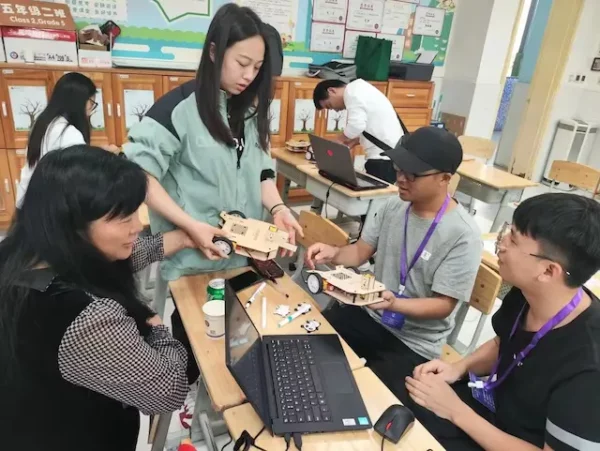
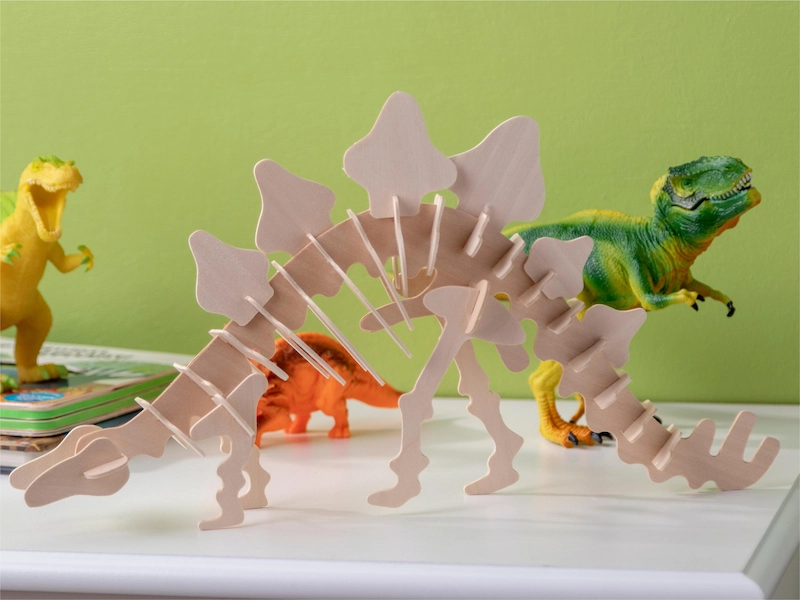
Home Décor
DIY & Crafting
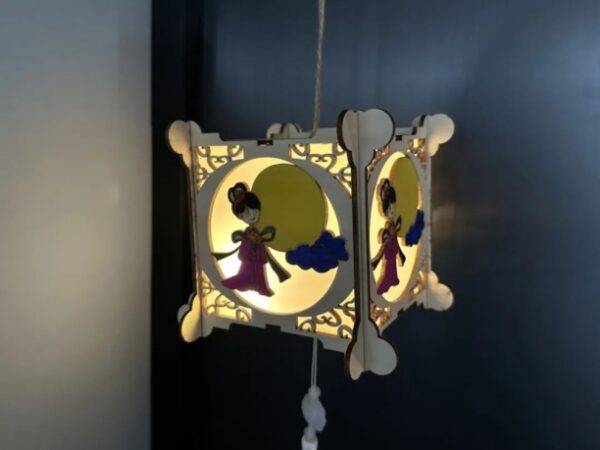
Laser Technology in the Model Industry
Precision Model Cutting & Design
Detail Engraving
Decorative Engraving
Inscriptions & Markings
Customization
CO2 Laser vs. Fiber Laser: Which is Better for Models?
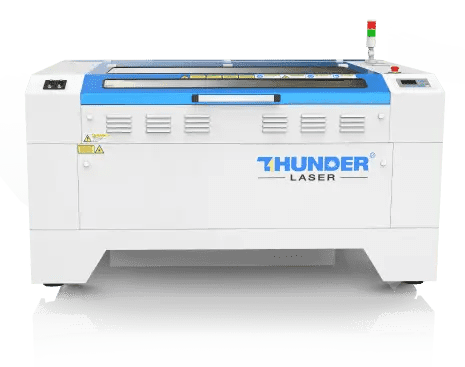
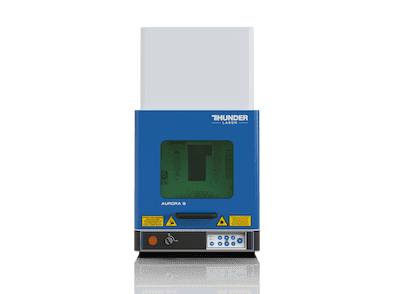
The Advantages of Laser Technology in Model Making
1. High Precision, Lower Error Rates
2. Versatile Material Use, Better Results
3. Speed & Efficiency Boosts Production
4. Creative Flexibility & Customization
How to Laser Cut a Car Model
1. Prepare the material, ensuring the board is straight and not easily bent.
2. Design or find suitable files—good design files solve many problems in advance.
3. Adjust the parameters based on the material to ensure proper cutting, paying special attention to laser compensation for smooth assembly.
4. Send the file to the machine and place the board on the platform. Focusing is key to successful laser operations, especially in model laser cutting.
5. Position the file accurately, following the border to locate the right area on the board.
6. Once everything is correct, hit ‘Start’.
7. Assemble the cut pieces to form a detailed car model. Laser make a car model with precision and ease using these simple steps.
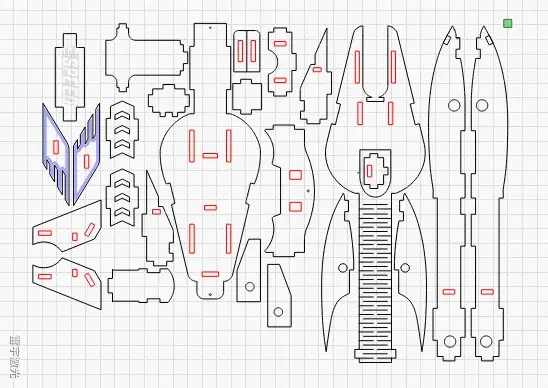
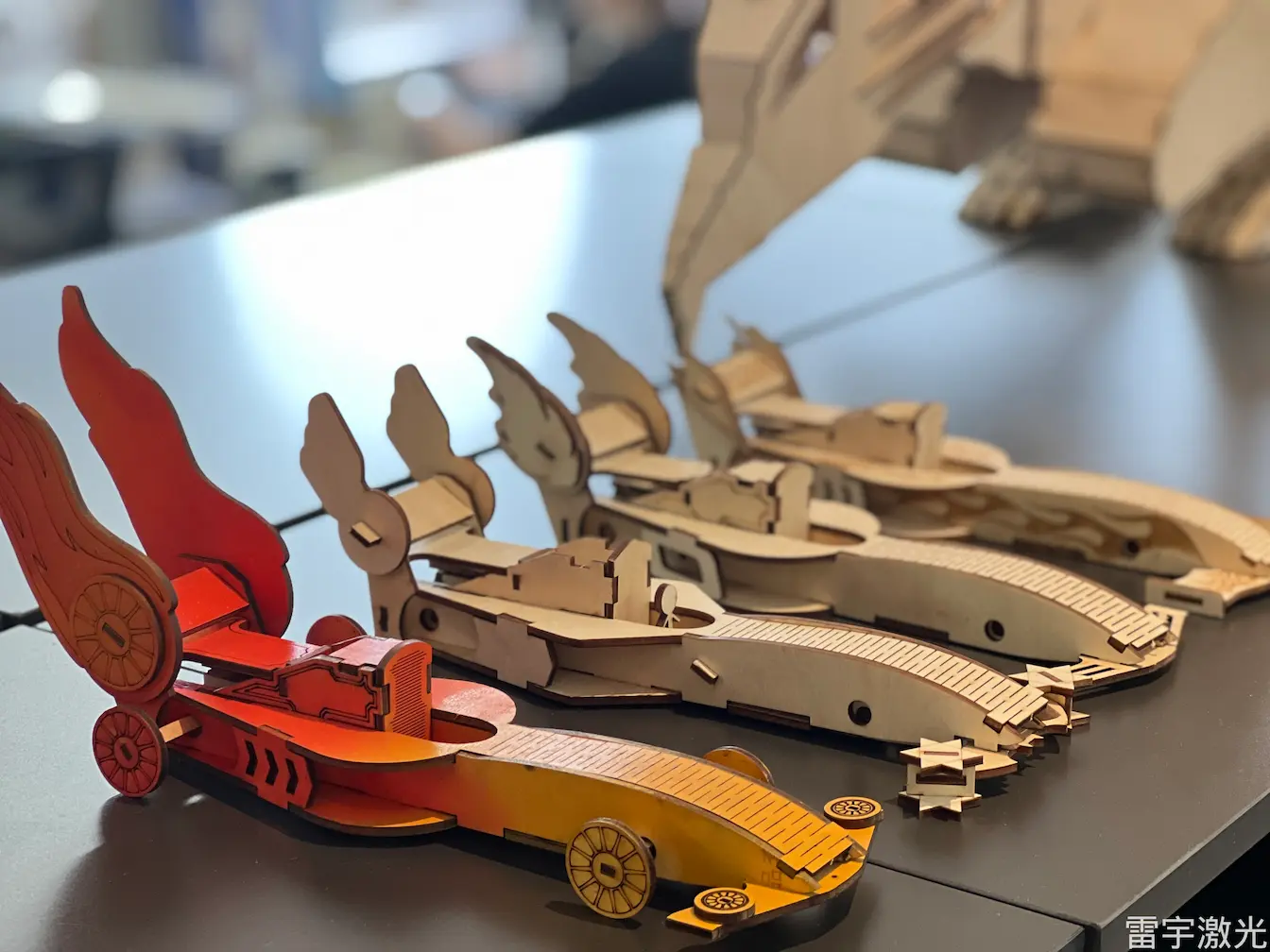
What the Future Holds for Laser Technology in Modeling
The future of laser technology in the model industry is bright. As machines become even more precise and efficient, they will be able to tackle increasingly complex designs, especially miniatures and high-precision prototypes. This evolution will result in more realistic and accurate laser cut models.
Customization is also on the rise. Laser technology will play a vital role in personalized model-making, allowing both consumers and professionals to bring their unique visions to life quickly and efficiently. In the future, laser cutting machines for architectural models will become more common, driving innovation and meeting growing demands in various industries, from education to professional design.
Call us at 86 181 0304 3363 to speak to one of our professionals, or email us at [email protected] / [email protected].
We stand ready to help you find the system that works for you !


.png) International
International
 United States
United States
 Brasil
Brasil
 Canada
Canada
 Costa Rica
Costa Rica
 Česká
Česká
 Ελλάδα
Ελλάδα
 Polska
Polska
 Ireland
Ireland
 Portugal
Portugal
 Lietuva
Lietuva
 Россия
Россия Deutschland
Deutschland
 Britain
Britain
 Україна
Україна
 France
France
 Sverige
Sverige
 Italia
Italia
 Norway
Norway
 Denmark
Denmark
 Romania
Romania
 한국
한국
 中国
中国
 ประเทศไทย
ประเทศไทย
 中国香港
中国香港
 Israel
Israel
 中國臺灣
中國臺灣
 India
India
 پاکستان
پاکستان
 پශ්රී ලංකා
پශ්රී ලංකා
 ジャパン
ジャパン
 Australia
Australia
 New Zealand
New Zealand
 South Africa
South Africa